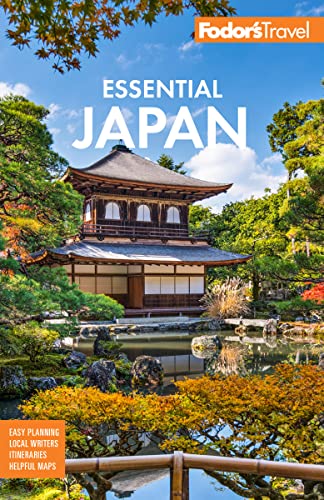Twenty-first-century Kanazawa presents an extraordinary union of unblemished Old Japan and a modern, trendsetting city. More than 300 years of history have been preserved in the earthen walls and flowing canals of Naga-machi, the former samurai quarter west of downtown; the cluster of Buddhist temples in Tera-machi on the southern bank of the Sai-gawa River; and the wooden facades of the former geisha district, located north of the Asano-gawa River. Modern art, fashion, music, and international dining thrive in the downtown core of Korinbo, and in the shopping districts of Tate-machi and Kata-machi. The Sea of Japan provides great seafood and a somewhat dreary climate. Fortunately, cold, gray, and wet weather is offset by friendly people and only adds to the sad, romantic air of the city.
In the feudal times of the Edo period, the prime rice-growing areas around Kanazawa (known then as the province of Kaga) made the ruling Maeda clan the second wealthiest in the country. Harvests came in at more than hyaku-man-goku (1 million koku, the Edo-period unit of measurement based on how much rice would feed one person for a year). This wealth funded various cultural pursuits such as silk dyeing, ceramics, and the production of gold-leaf and lacquerware products.
This prosperity did not pass unnoticed. The fear of attack by the Edo daimyo inspired the Maeda lords to construct one of the country's most massive castles amid a mazelike network of narrow, winding lanes that made the approach difficult and an invasion nearly impossible. These defensive tactics paid off, and Kanazawa enjoyed 300 years of peace and prosperity. Nevertheless, seven fires over the centuries reduced the once-mighty Kanazawa-jo to just the remaining castle walls and a single, impressive gate.
Between sightseeing, shopping, and sampling Kanazawa's many restaurants and cafés, it is worth staying here a couple of nights. Though the atmosphere of the city changes with each season, it is an excellent place to visit any time of the year.




